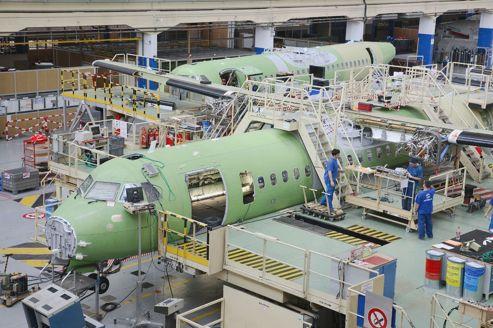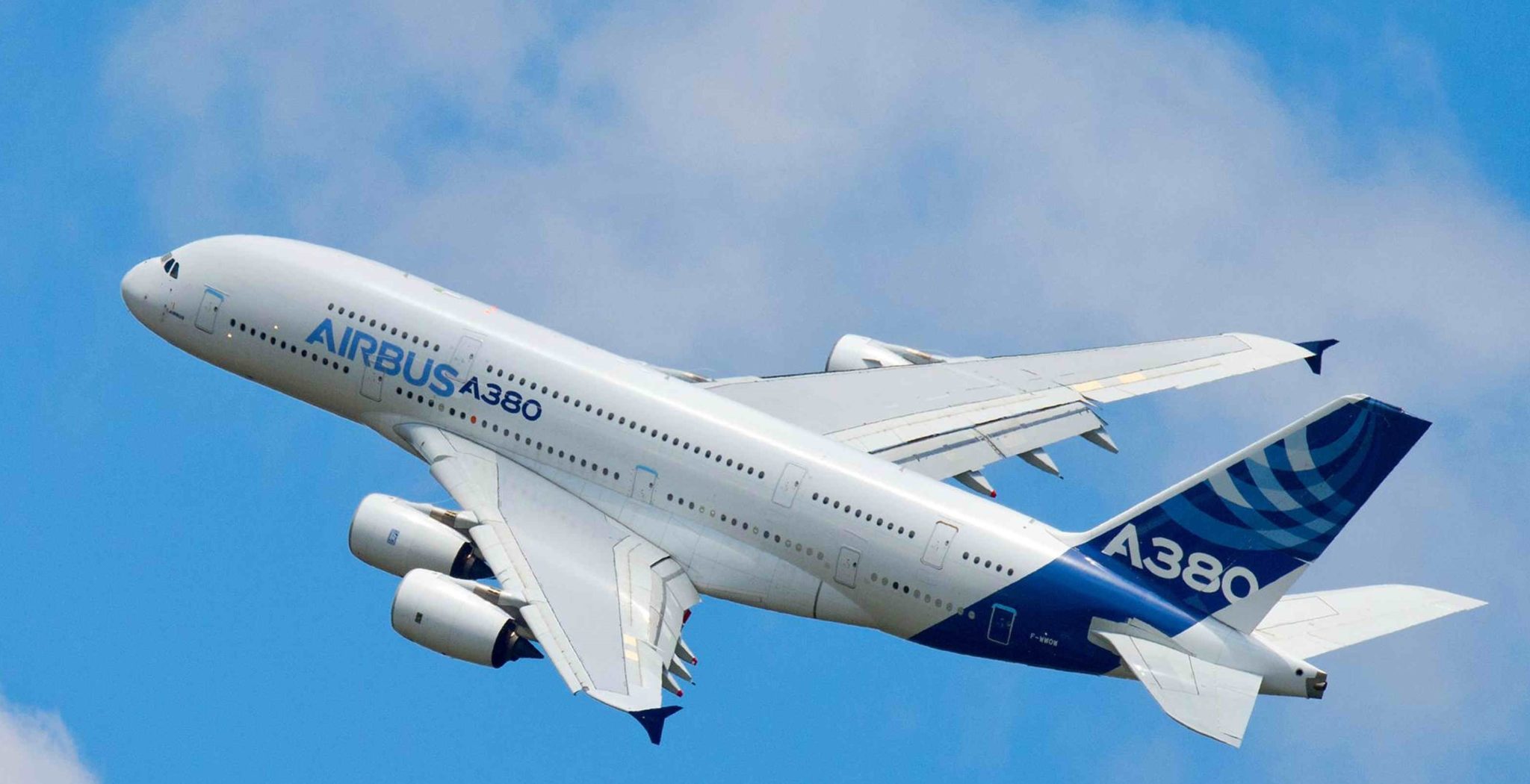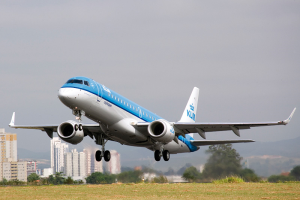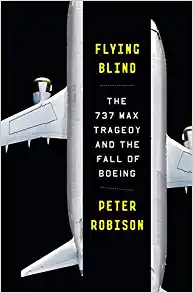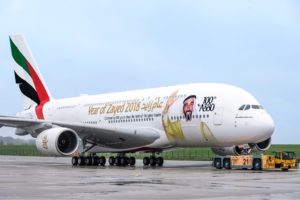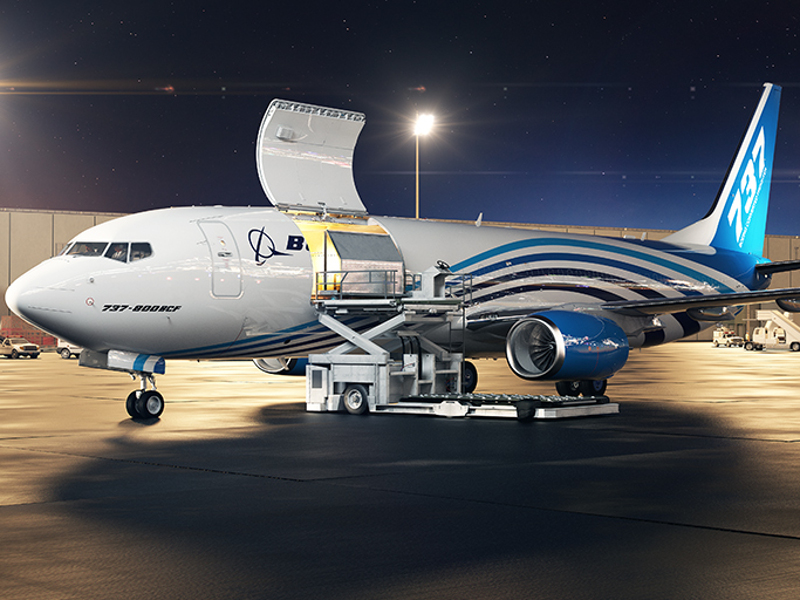Leeham News and Analysis
There's more to real news than a news release.
Pontifications: Think tank analyzes KC-Y competitive landscape
Nov. 29, 2021, © Leeham News: A conservative think tank believes the US Air Force must invest not only in another round of aerial refueling tankers. It must also invest in infrastructure and future, innovative designs.
The Hudson Institute in Washington (DC) issued a study earlier this month in which it analyzed the Air Force’s global refueling requirements. The study may be downloaded here.
While perusing the website and looking at who’s involved with the institute makes it clear this isn’t just a conservative think tank but an overtly partisan one as well, the study appears well thought out and even-handed. It relies on well-reasoned data. The study is unlike Loren Thompson of the Lexington Institute, whose latest column about the next round of tanker procurement returns to the tiresome and expired whining about illegal subsidies for the Airbus A330-200.
Breaking news to Loren: the WTO case is over. Additional breaking news: subsidies and the WTO aren’t considered in military procurements. The Lexington Institute gets funding from Boeing. It also previously received funding from Lockheed. Thompson did not disclose in this latest missive if it still does.
Bjorn’s Corner: The challenges of airliner development. Part 31. Serial Production problems
November 26, 2021, ©. Leeham News: Last week, we started our analysis of the serial production phase. If development is filled with revelations and problems to solve, production has it as well.
We start this week by looking at the beginning of serial production, where several issues are overhangs from development. There are areas of the aircraft, though we have achieved our Type Certificate, that are not quite to the maturity level we want for long-term serial production.
Why the A380 didn’t sell
Subscription Required
By Bjorn Fehrm
Introduction
November 25, 2021, © Leeham News: The last A380 will be delivered to Emirates in the coming week, after a production run of only 251 units. Why didn’t Airbus sell more?
What was the trouble with the A380? Was it uneconomical, or was there some other problem? We look into the different factors that made it a hard sell to the world’s airlines and support this with comparisons with aircraft that sold better.
Summary
- The A380 had its shares of development problems, mainly in the installation of a complex electrical system. Still, overall the development and production went reasonably well for being a new type for Airbus.
- We have over the years shown that its seatmile costs were competitive versus alternatives. What was then the problem? Why didn’t it sell?
Regional Aircraft production
Subscription Required
By Vincent Valery
Introduction
Nov. 22, 2021, © Leeham News: Last week, LNA looked at Airbus and Boeing’s planned twin-aisle production rates. We now turn our attention to production rates in the regional aircraft market.
The production of the Mitsubishi Heavy Industry-owned CRJ ceased earlier this year, while De Havilland of Canada’s Q400 will also end soon. Few expect production on the latter program to restart.
MHI also halted the development of its MRJ/SpaceJet, with a program restart unlikely at this point. These exits mean that ATR and Embraer will be the only major regional OEMs outside China and Russia.
ATR announced plans to raise its combined ATR42 and ATR72 production to 50 aircraft annually. LNA will investigate whether the turboprop’s order book justifies such an increase.
LNA will separately analyze the Embraer E175 and E-Jet E2 production. Since the E-Jet E2 Embraer program competes with Airbus’ A220, we will also look at production plans on the latter.
Summary
- An optimistic ATR production plan;
- Comparing E175 and E Jet-E2 production;
- Steady A220 production plans;
- Orders at risk;
- Other OEMs.
Pontifications: Assessing the future of stand-alone GE Aviation
By Scott Hamilton
Nov. 22, 2021, © Leeham News: GE Aviation’s (GEA) spin-off takes the corporate burden off its back and opens that way to move forward just as commercial aviation should be over the COVID-19 pandemic.
 The engine unit will no longer be dragged down by, and cash diverted to, GE Corp.’s problems. It can raise money for research and development of new engines and for eco-aviation, without it being siphoned off for corporate or sister company uses.
The engine unit will no longer be dragged down by, and cash diverted to, GE Corp.’s problems. It can raise money for research and development of new engines and for eco-aviation, without it being siphoned off for corporate or sister company uses.
GEA has challenges ahead, to be sure.
The business model for engine companies has been upended, requiring an entirely new approach to selling engines and services. Historically, engine makers often deeply discount engines—up to 80% or more in some cases—and contract maintenance, repair, and overhaul services to make their profits.
As the COVID-19 pandemic prematurely prompted airlines to retire older aircraft, maintenance, repair, and overhaul revenues and profits shrank, sometimes dramatically. And, with a new emphasis on eco-aviation, new planes have engines with warranties and extended on-wing time that pressure MRO revenues.
Breaking up GE Corp. into three major units will take a few years. When it’s over, chairman Larry Culp remains chairman of GE Aviation. John Slattery remains CEO.
Bjorn’s Corner: The challenges of airliner development. Part 30. Serial Production
November 19, 2021, ©. Leeham News: Last week, we described how we finished the testing and the process to get our Type Certificate.
Now we look at the phase after Design and Production certification, the start of production, Figure 1. The upstart and ramp of production have many challenges. We will start the discussion with one that is often overseen, the cost of ramping production to full serial production rate.
The end of A380 production
Subscription Required
By Vincent Valery
Introduction
Nov. 18, 2021, © Leeham News: The 251st and final A380 delivery to Emirates will happen in the next few weeks before the end of the year. With that in mind, LNA thought it relevant to look back on the Superjumbo. The program meant so much for Airbus but ultimately failed to live up to its high commercial expectations.
Summary
- Competing visions to meet future air travel growth;
- A relatively less delayed entry into service;
- Ongoing struggles to accumulate new orders;
- Future operational prospects;
- Where the Superjumbo works and does not.
Boeing lands a series of passenger and freighter orders at Dubai
By Judson Rollins
Introduction
November 16, 2021, © Leeham News: Boeing captured a handful of orders and a further expansion into freighter conversion at this week’s Dubai Air Show.
The largest of these, announced Tuesday, is for 72 737 MAXes destined for Indian startup Akasa Air. These will include a mix of 737-8s and 737-8-200s. Akasa plans to offer commercial flights starting next summer.
ATR, Pratt & Whitney launch new turboprop engine
By Judson Rollins
November 16, 2021, © Leeham News: ATR and Pratt & Whitney Canada jointly announced a new PW127XT engine for the ATR-42 and -72 series at the Dubai Air Show. The XT designation stands for “extra time on wing.”
Pratt & Whitney says the engine will offer 40% greater time on wing, 20% lower maintenance cost, and 3% lower fuel consumption than the current-generation PW127M.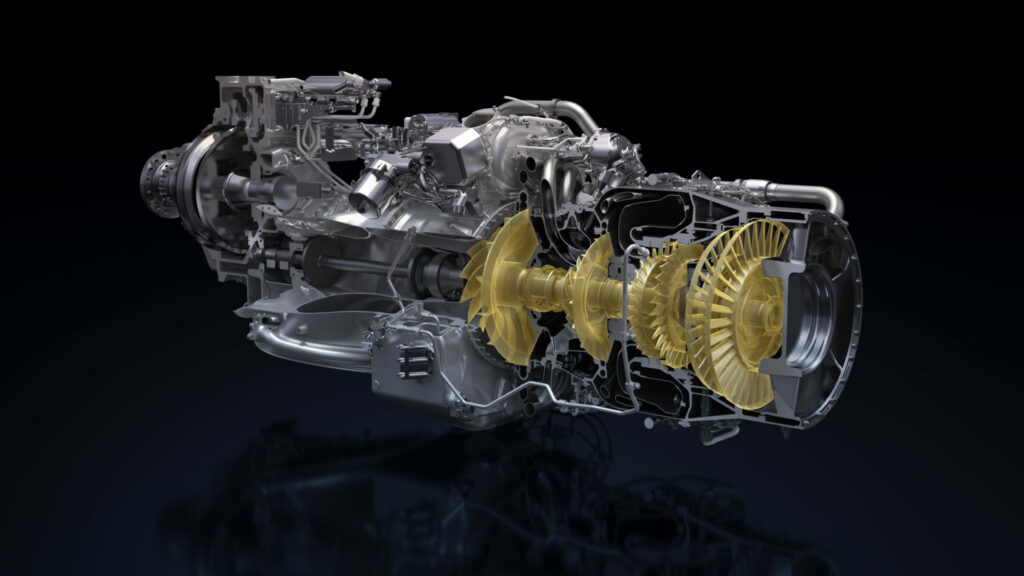
The 40% time on wing assumes a 60-minute average mission in “benign environments.” The reduction in maintenance cost is driven by a requirement for just two scheduled engine events in ten years. Fuel burn improvements were achieved via a new compressor and updated turbine module. Read more




